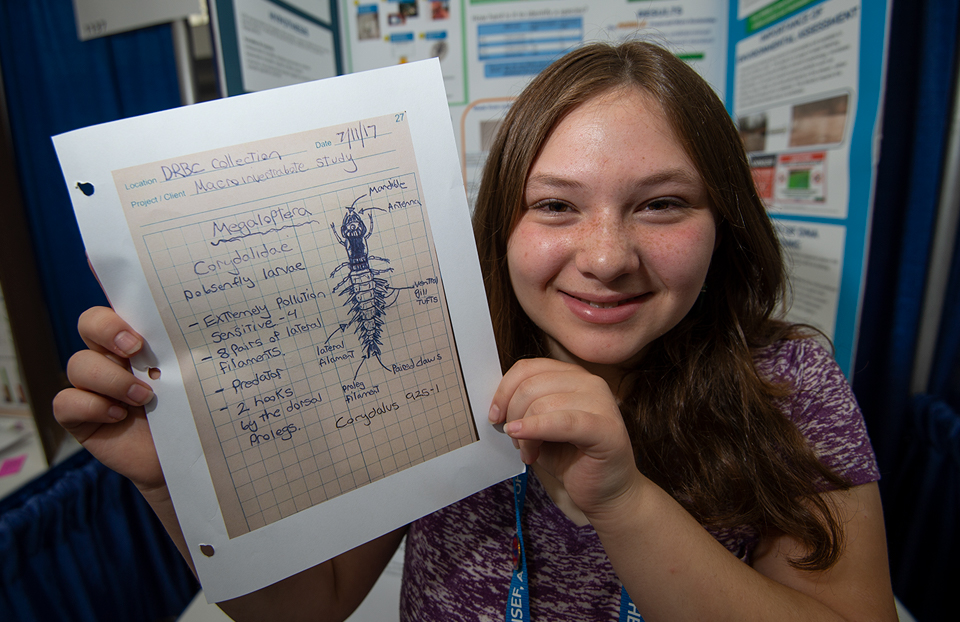Earth & Environmental Sciences
Code: EAEV
Sponsored by Society for Science

Studies of the environment and its effect on organisms/systems, including investigations of biological processes such as growth and life span, as well as studies of Earth systems and their evolution.

Subcategories:
Atmospheric Science
Climate Science
Environmental Effects on Ecosystems
Geosciences
Water Science
Other
Atmospheric Science (AIR): The study of the Earth’s atmosphere, its processes, the effects other systems have on the atmosphere, and the effects of the atmosphere on these other systems as well as meteorological investigations. Further investigation in this field relates to atmospheric chemistry, atmospheric physics, atmospheric changes (both long and short-term) that define average climates and their change over time, and upper layers of the atmosphere, where dissociation and ionization are important.
Climate Science (CLI): Studies of Earth’s climate, particularly evidential study of climate change over a period of time. This field studies long-term trends in average meteorological conditions and changes in these averaged conditions from season to season, year to year, decade to decade.
Environmental Effects on Ecosystems (ECS): Studies of the impact of environmental changes (natural or as a result of human interaction) on ecosystems, including empirical pollution studies.
Geosciences (GES): Studies of Earth’s land processes, including mineralogy, plate tectonics, volcanism, and sedimentology.
Water Science (WAT): Studies of Earth’s water systems, including water resources, movement, distribution, and water quality. This field includes the occurrence, movement, abundance, distribution, and quality of subsurface waters and related geologic aspects of surface waters. Furthermore, it projects may also address water from the moment of precipitation until it evaporates into the atmosphere or is discharged into the ocean; for example, river systems and the impacts of flooding.
Other (OTH): Studies that cannot be assigned to one of the above subcategories. If the project involves multiple subcategories, the principal subcategory should be chosen instead of Other.